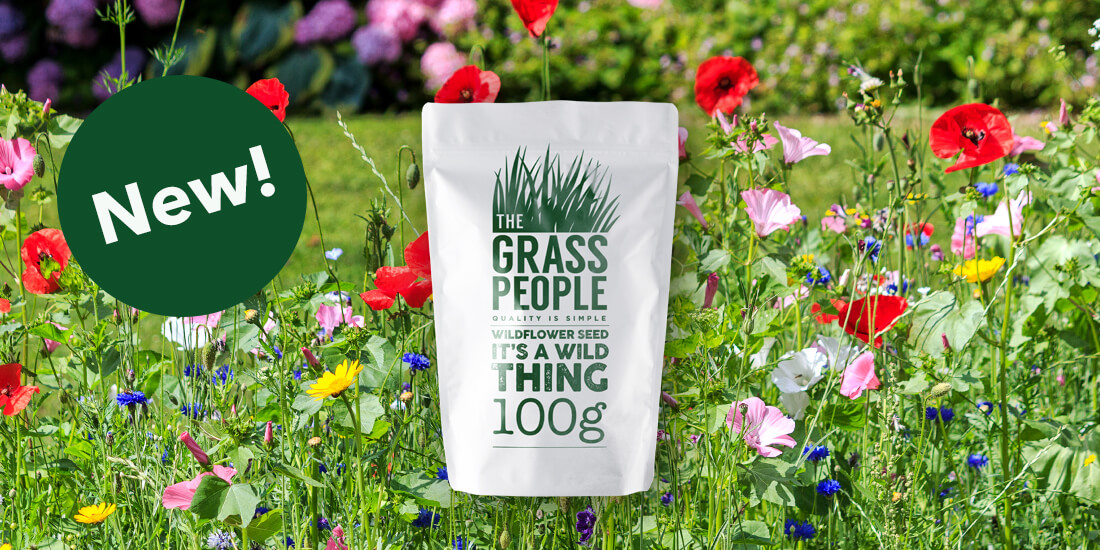Luxury Wildflower Mixture ‘Meadow Magic’ - Now Available!

A premium addition to our wildflower range, the species within Meadow Magic have been hand selected to achieve a luxury 100% pure wildflower seed mixture.Inspired by its incredibly quick to establish nature and ability to uplift areas of neglect this wildflower mixture has been fittingly named ‘Meadow Magic’. Magically transforming unsightly areas such as abandoned gardens, road verges or derelict sites into beautifully vibrant wildflower meadows.This colourful mixture consists of 18 perennial and annual wildflowers species, and as with other wildflower seed mixes, Meadow Magic uniquely has no grass species. The annual species within the mixture will flower vividly throughout the first year followed by the lively bloom of the perennial species over the coming seasons.Released just in time for 2017’s wildflower sowing season, Meadow Magic is available to purchase in 100g and 1kg here. The mixture has a recommended sowing rate of 5g per m2 so a 100g bag of Meadow Magic will cover 200m2 of earth whereas a 1kg bag will cover 2000m2 of earth.
How to Sow Meadow Magic Wildflowers
Meadow Magic will flourish in poor soil conditions – prepare your soil for by starving it of nutrients. This can be done by stripping away the top 5-10cm of soil which will reduce fertility. Clear away all existing plants and grass - either by hand or with weed killer. Remove weeds such as nettles, docks and couch grass. Be aware weed killer is not advisable in areas of wildlife
- Dig the soil over and firm it down before raking to create a level seedbed.
- Sow the wildflower seed either by hand or with a seed spreader at the recommended rate.
- Rake Meadow Magic into the soil and moisten the ground well.
- Cover the newly seeded area with netting to protect from birds and cats.
- Ensure the soil is kept moist and wait for the magic to happen.